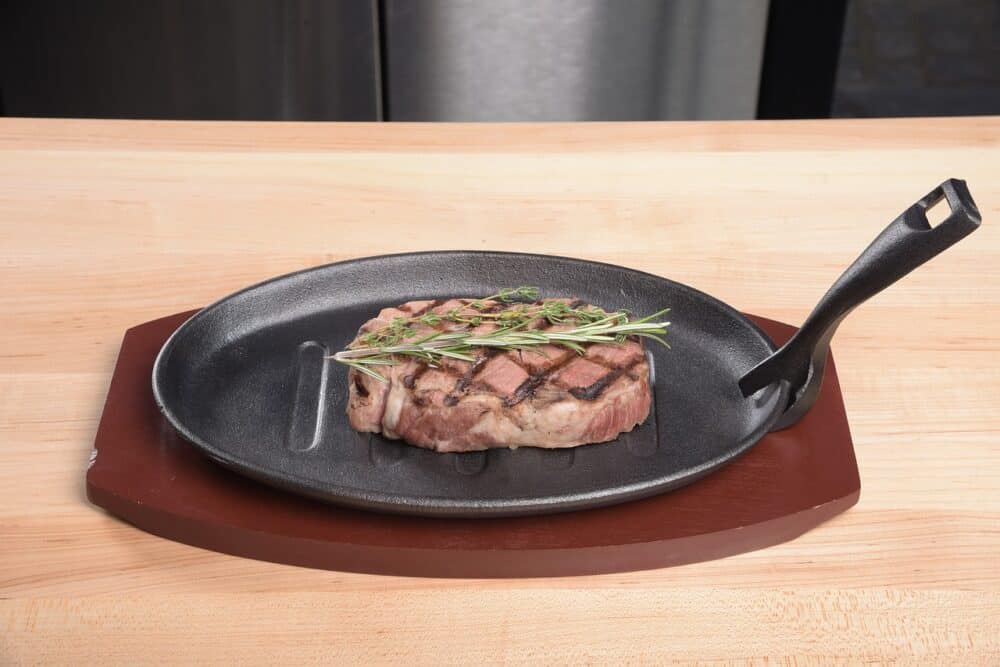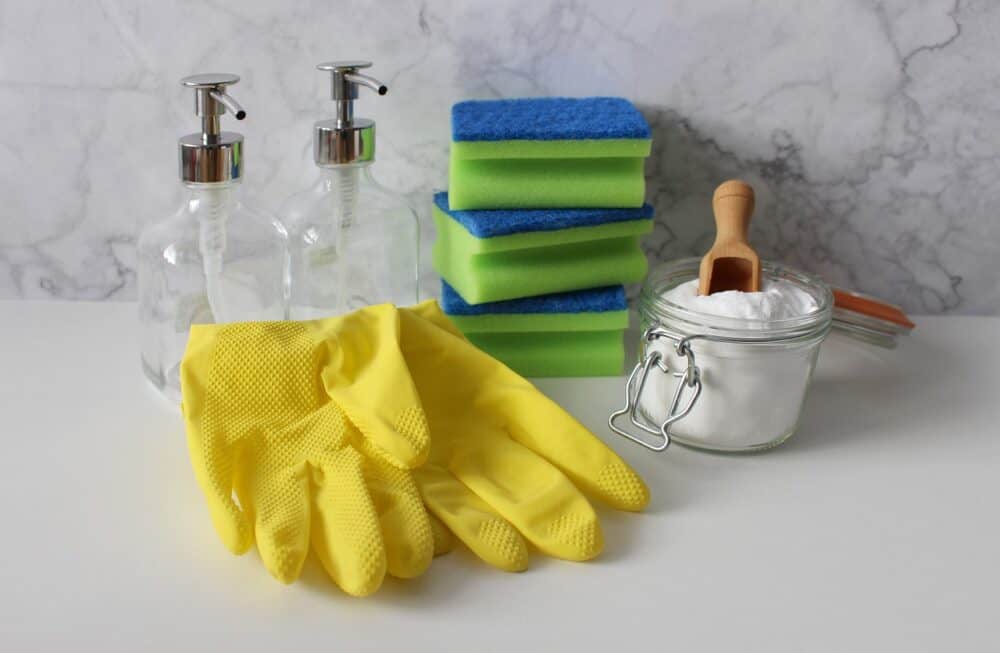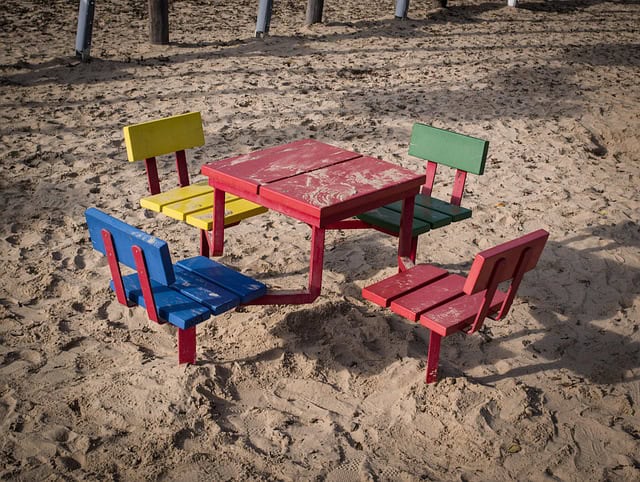How to Clean a Caste Iron Skillet
Table of Contents
A Caste Iron Skillet has long been cherished as a kitchen workhorse, known for its ability to retain heat and enhance the flavors of your favorite dishes. However, with great cooking power comes the responsibility of proper care—especially when it comes to cleaning. Are you grappling with how to maintain its seasoned surface without damaging its unique charm. With some simple techniques and a little knowledge, you can keep your skillet gleaming and ready for action for generations to come. Join us as we delve into the art of cleaning your skillet to maintain its seasoning and prevent rust.
History of the Caste Iron Skillet

The Caste Iron Skillet has a storied history that dates back to ancient times, stemming from the innovation of metallurgy. These versatile cooking instruments gained prominence during the 18th century in Europe, where they were crafted not merely as cookware but as essential household tools. Blacksmiths poured molten iron into sand molds, resulting in durable skillets capable of withstanding high heat and rapid temperature changes, making them ideal for everything from baking cornbread to searing meats.
Throughout American history, the cast iron skillet became emblematic of frontier cooking and domestic resilience. Pioneers relied on these skillets for their ability to hold heat efficiently while also being economical; they could be used over open flames or on stovetops alike. Each skillet is unique—seasoning it well becomes an integral part of its identity—a ritual passed down through generations that cultivates not only flavors but also memories tied to shared meals. Today, a resurgence in culinary interest has sparked new appreciation for these age-old cooking vessels, with chefs and home cooks championing their rustic charm and unparalleled performance in modern kitchens.
Cool the Skillet
- Let the skillet cool slightly after cooking, but don’t wait too long—cleaning it while still warm is easier.
Wipe Out Excess Food
- Use a paper towel or cloth to wipe out any excess food or grease. If there are food bits stuck on the skillet, skip to the next step.
Scrub with Hot Water
- Avoid soap if possible as it can strip the seasoning. Use hot water and a stiff brush, sponge, or a dedicated cast iron scrubber (like chainmail or a plastic scraper) to scrub away stuck-on food.
Use Salt for Stubborn Bits
- For stubborn food residue, sprinkle a tablespoon of coarse salt (like kosher salt) over the skillet. Use a paper towel or brush to scrub the salt around, which acts as a gentle abrasive. Then rinse with hot water.
Dry Thoroughly
- Dry the skillet completely after washing. You can use a towel or place the skillet on low heat on the stove for a few minutes to evaporate any remaining moisture. Never let the skillet air dry, as it can cause rust.
Reapply Oil (Seasoning)
- Once dry, apply a thin layer of oil (vegetable oil, canola oil, or flaxseed oil are good choices) to the inside and outside of the skillet. Use a paper towel to spread it evenly and wipe off any excess.
Heat to Set the Oil
- Place the skillet on low heat for a few minutes or put it in the oven (at around 350°F or 175°C) for about 10 minutes to help the oil bond to the skillet. This reinforces the non-stick surface and prevents rust.
Tips

- Avoid soaking the skillet in water, as this can cause rust.
- If soap is necessary (like if the skillet was exposed to something that can cause illness), use mild dish soap, but re-season afterward.
- Never put a cast iron skillet in the dishwasher.
Conclusion
With regular use and proper cleaning, your cast iron skillet will develop a natural, non-stick coating over time! Maintaining the cleanliness and seasoning of your cast iron skillet is essential for ensuring its longevity and optimal cooking performance. Start implementing these tips today to keep your skillet in top shape for years to come!



